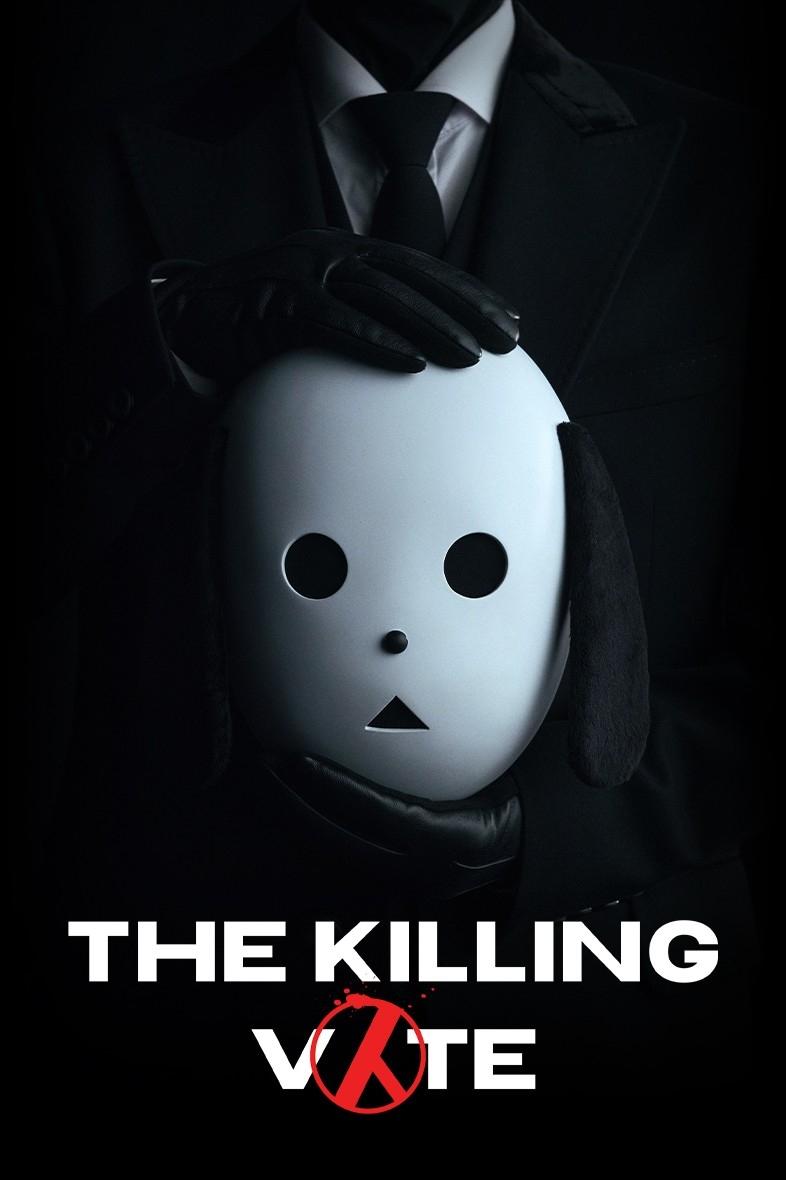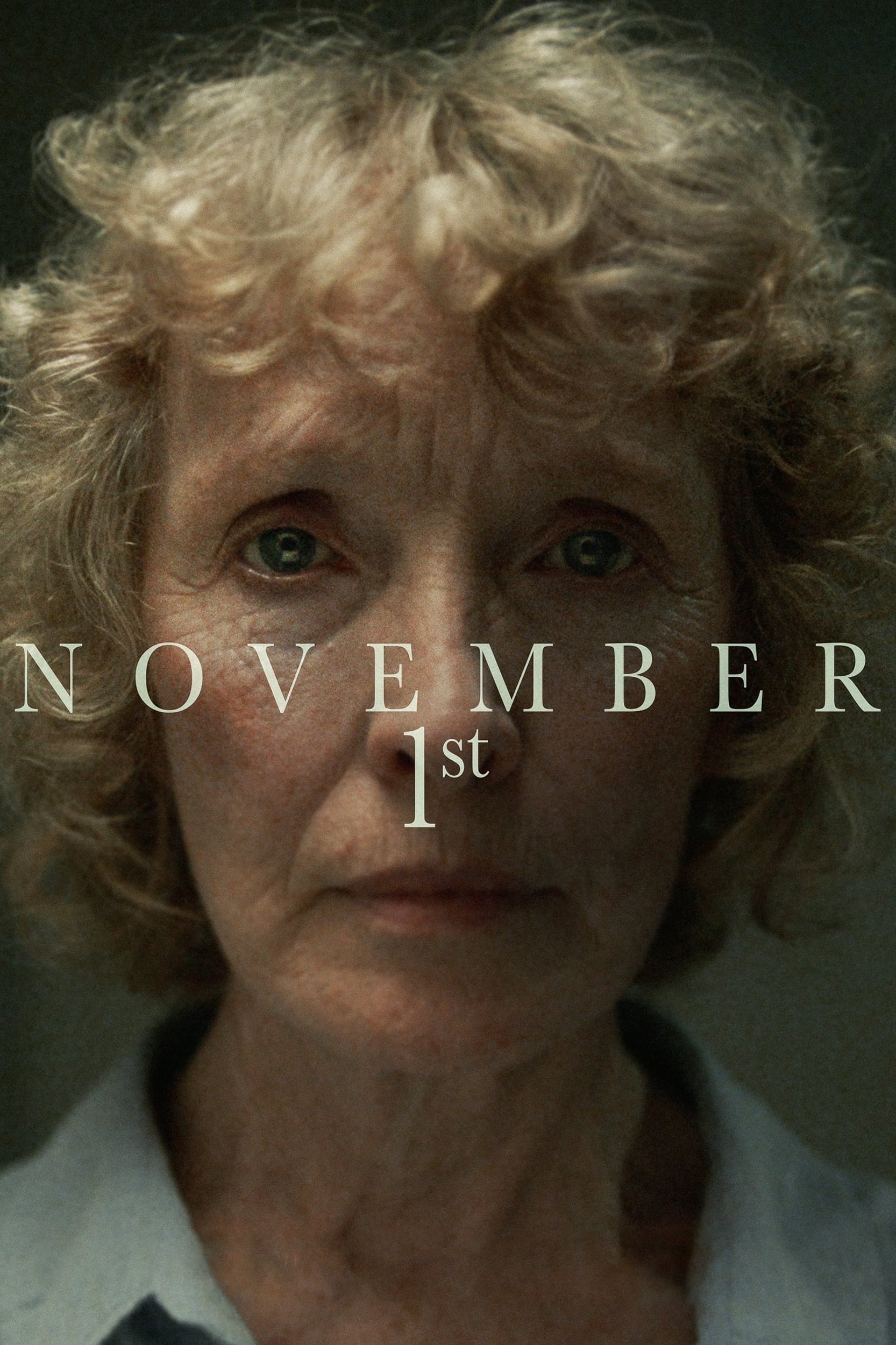
1911, A graduate of the Institute of Noble Maidens, Sasha Meshcherskaya returns to a small provincial town. The well-being of her family is based on her relationship with her loving uncle, the owner of the arms factory Nikolai Shumilov. Sashenka's parents: Prince Ivan Sergeevich Meshchersky and Maria Ilyinichna dream of their daughter's early marriage, and she herself dreams of a brilliant career as an architect. Wanting to please her parents, Sasha makes new acquaintances and instantly plunges into a whirlpool of intrigue, where political interests are at stake above personal passions. Cold-blooded murders and blackmail, intricacies of conspiracies, daring provocateurs eluding detection - all this captivates the enthusiastic schoolgirl, who experiences mortal melancholy from the paucity of life prospects. Without noticing it, Sasha becomes an ideal target for terrorist hypnosis.

People are busy watching the screen. The person wearing a mysterious mask so called 'Gaetal' appears, and the Killing Vote begins.

How do you live with a death sentence? Real stories from the prisoners facing their final days - and the victims' families desperate for closure.

A woman and her angry mother travel together to the execution of a man they never met.

The documentary, " Death and the Judge", revolves around Iran's most famous criminal judge, Azizmohammadi. He served as a criminal judge for 45 years and issued about 4500 death sentences; a record in not only Iran, but also the world. This documentary looks into his personal and professional life as he is followed within his home with his family, in the court of law, and in his retirement days. The ultimate purpose of the documentary is to deduce the role of death in the judge's life as he either takes life away from criminals or death comes to his loved ones. During his retirement, he is once again given the choice between the life and death of a person, despite no longer being a judge.

A documentary film about Martta Koskinen, the last executed woman in Finland during the war in 1943. Martta was a Seamstress who lived in Helsinki during the Second World War. She was one of the post-civil war (in 1918) generation for whom the war had meant a disappointment in the system and failure in unity of the Finnish nation. The legacy of the civil war had left systems of persecution in place for those with socialist ideals. Martta and her fellow revolutionaries were determined to continue the resistance movement although they knew that at worst it could cost their lives. Martta was imprisoned twice before she was shot. She was an idealist, whose seemingly harmless, naive beliefs in peace and justice were the most dangerous traits a person could have at the time.
By browsing this website, you accept our cookies policy.